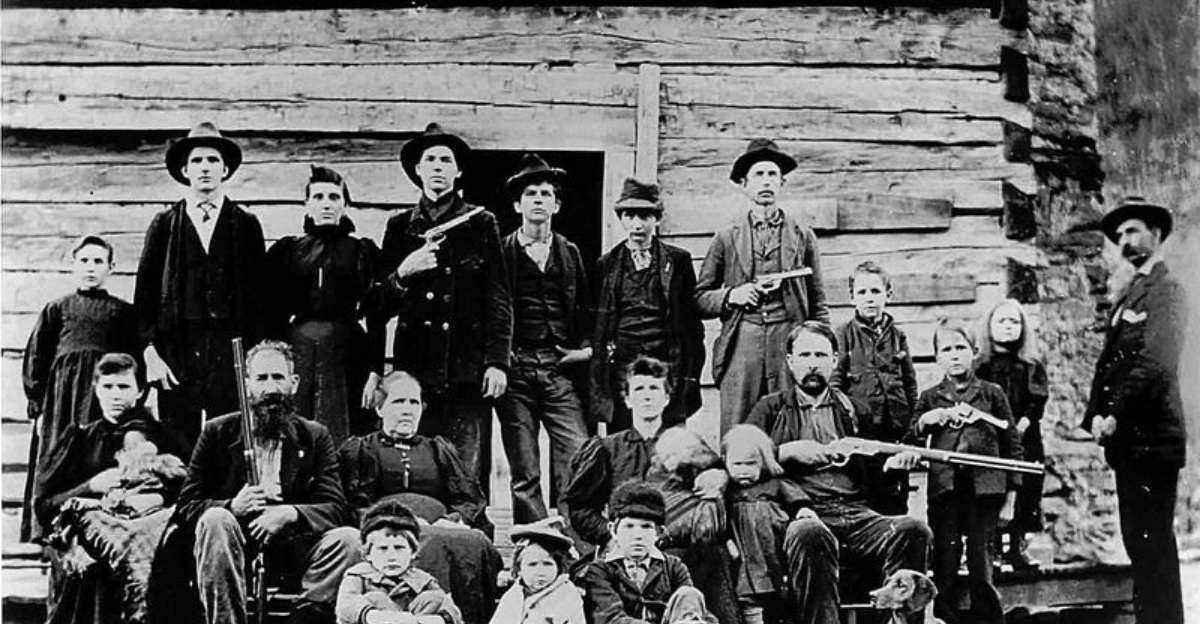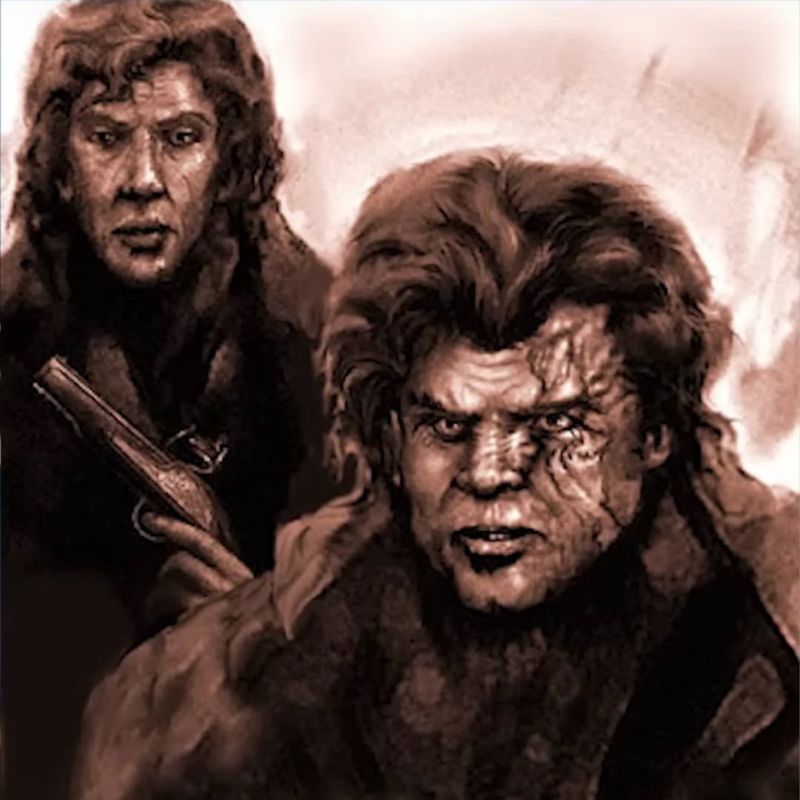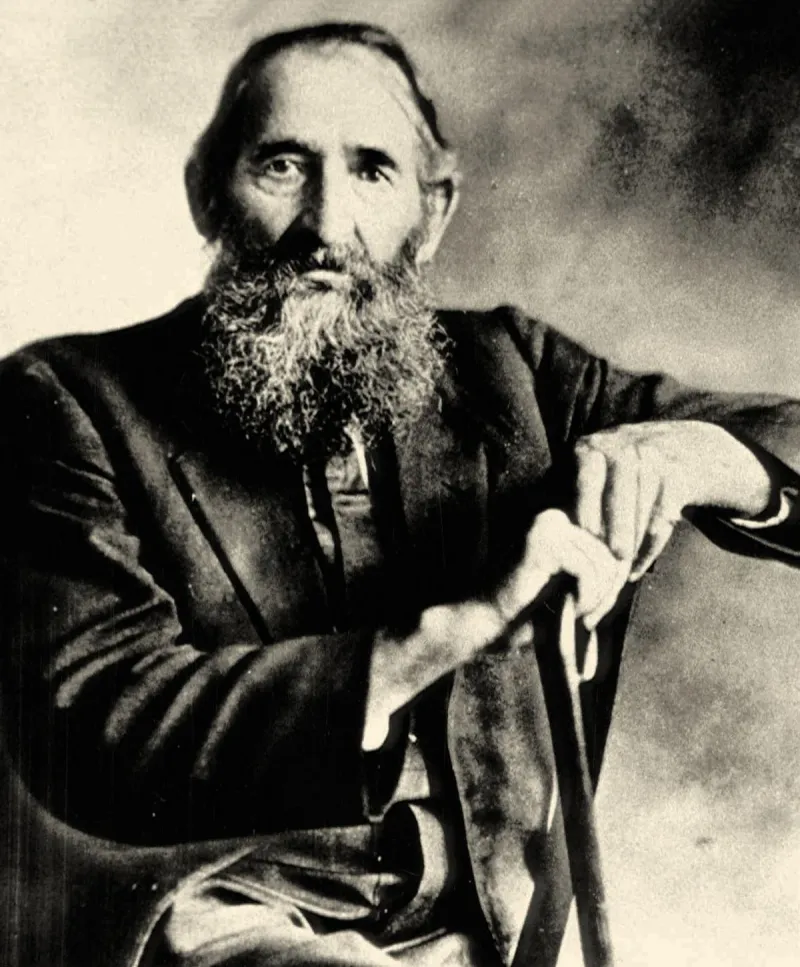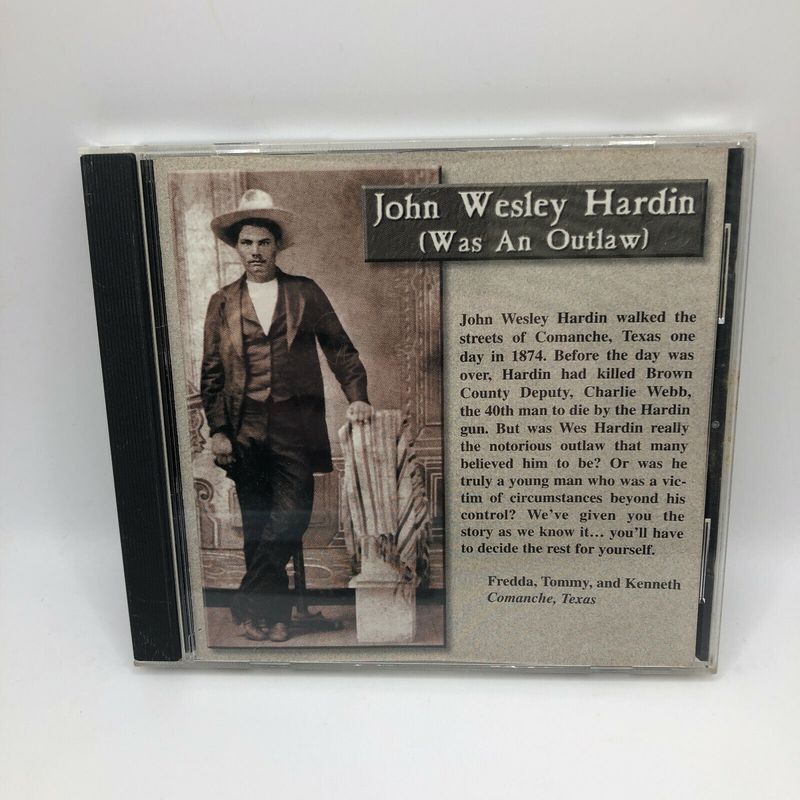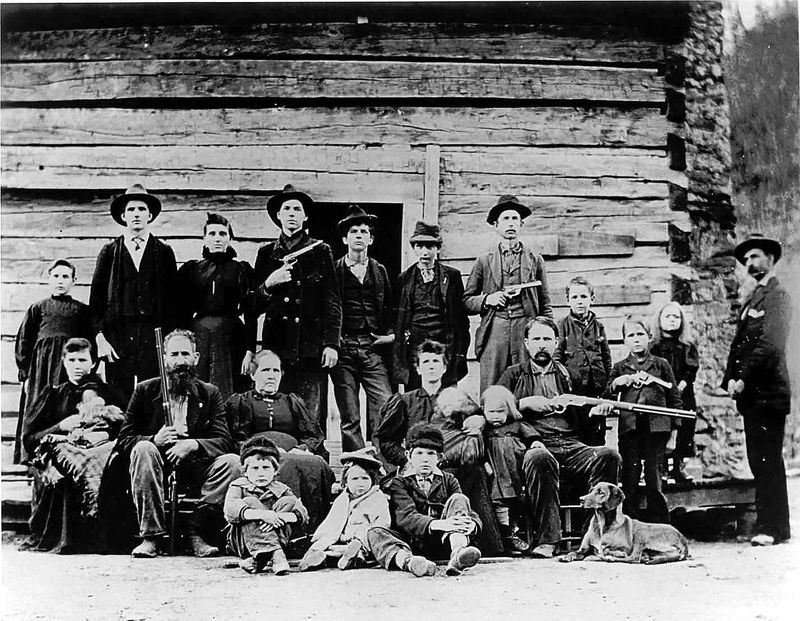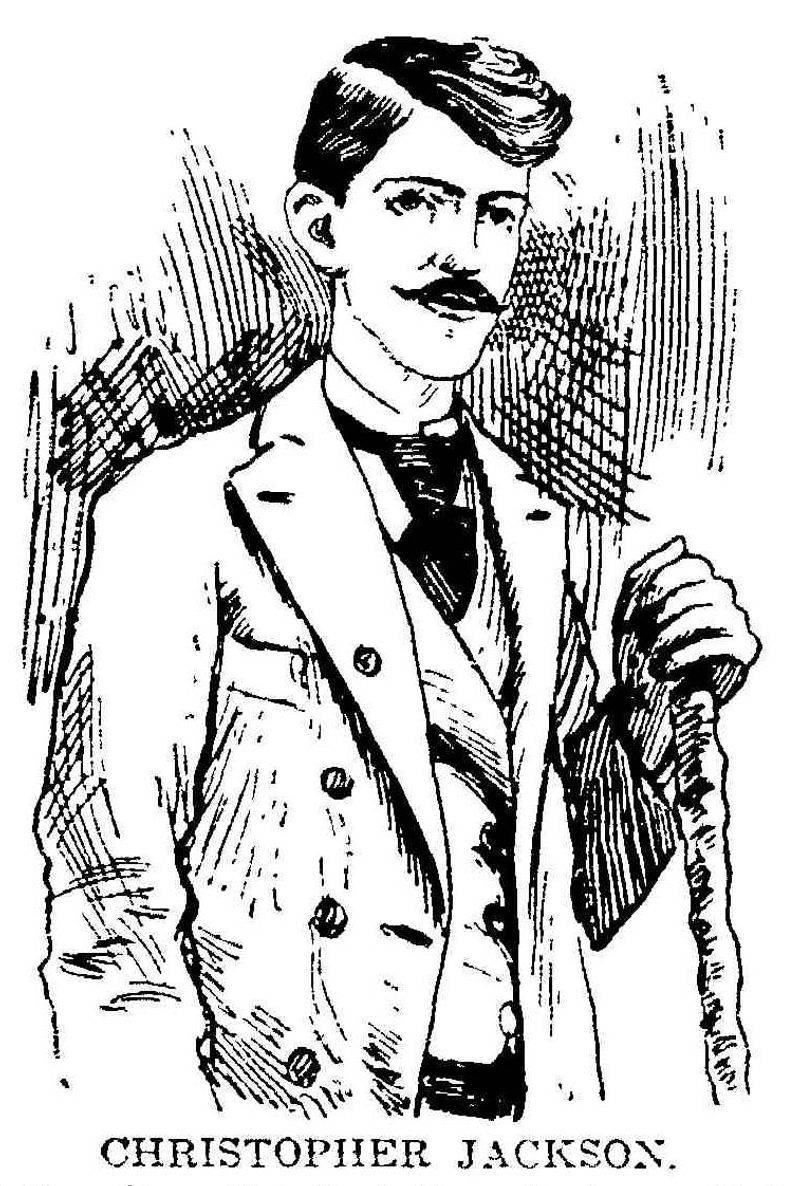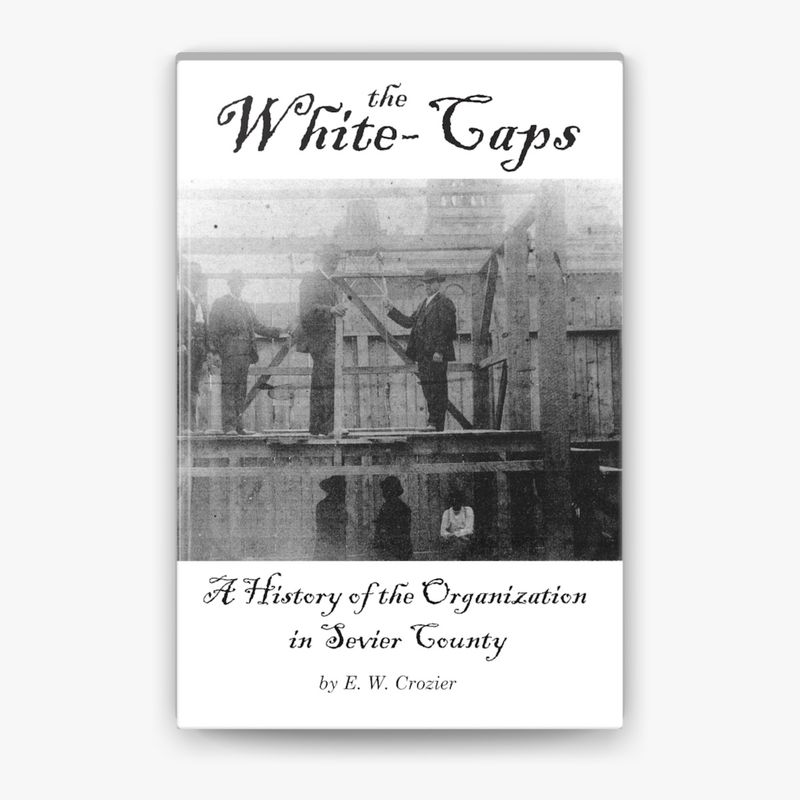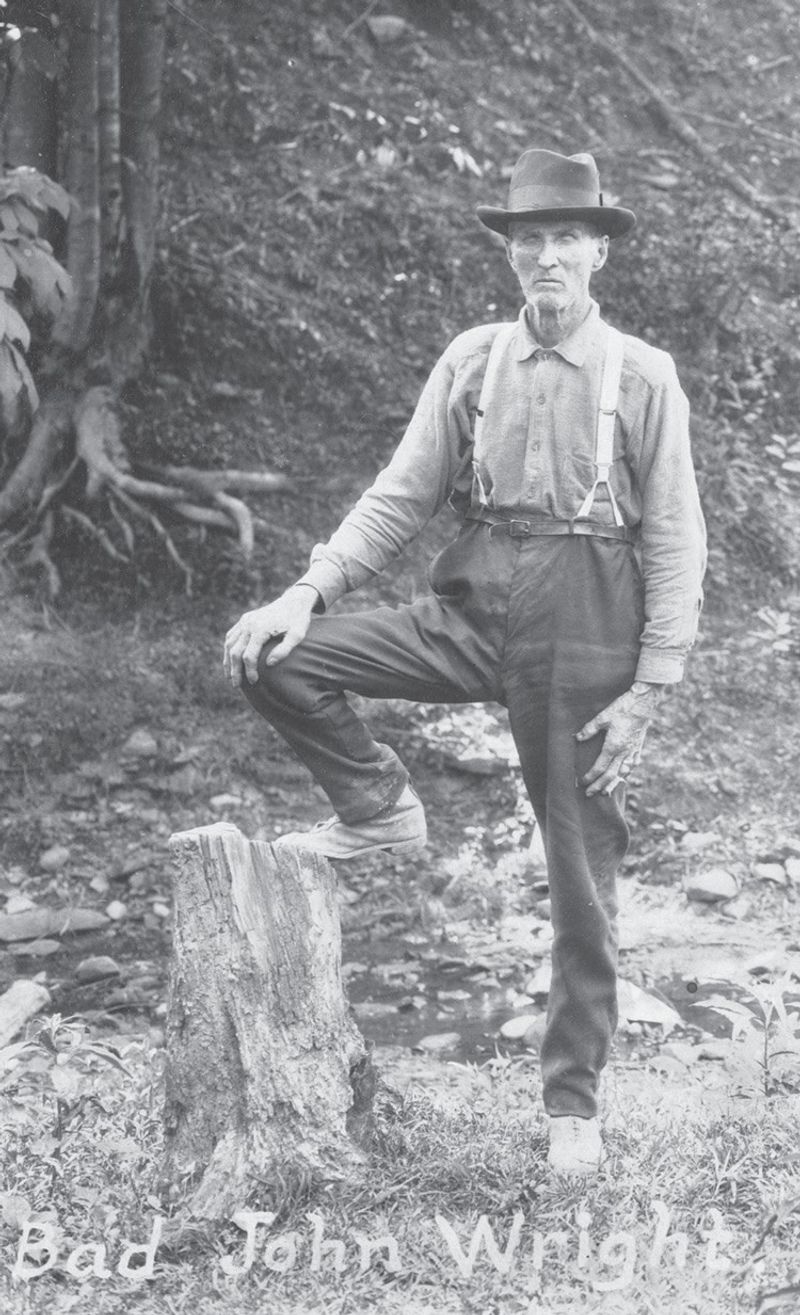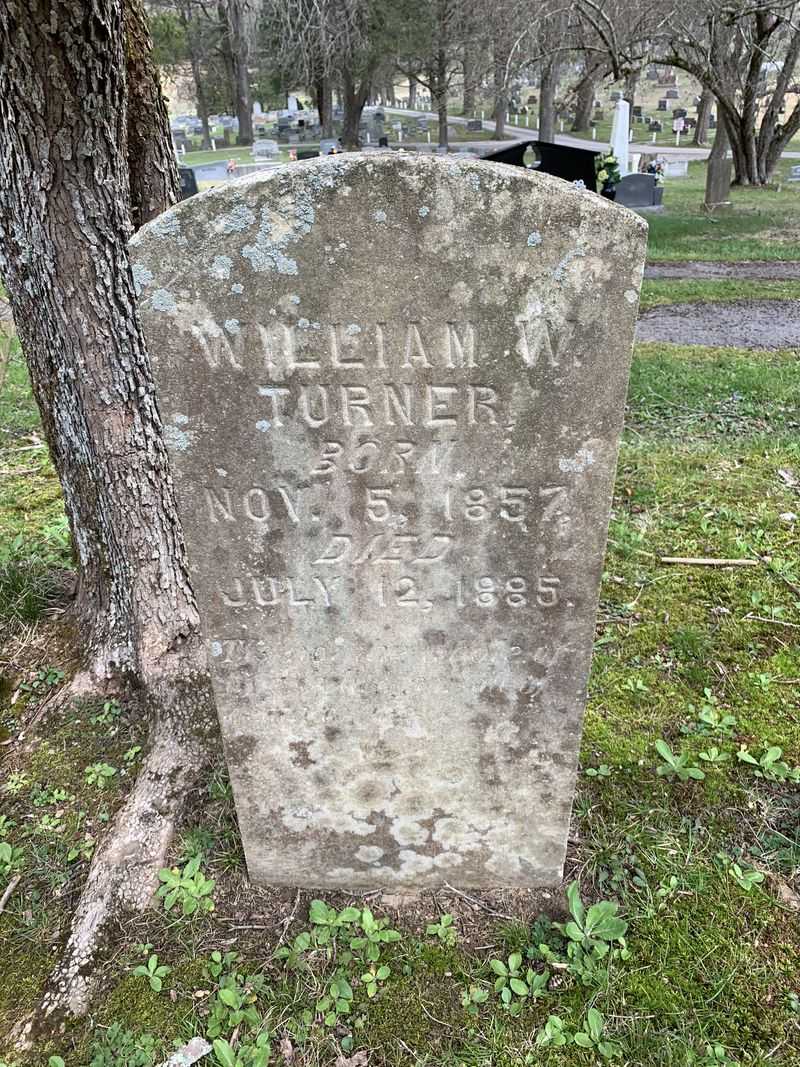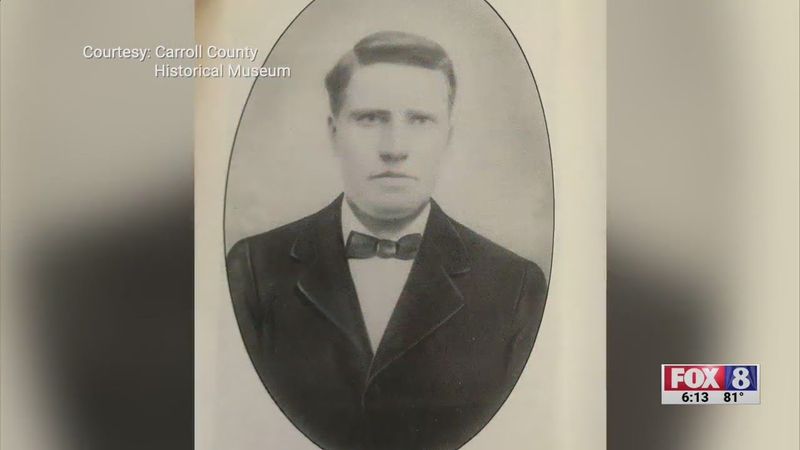Nestled within the rugged terrain of the Appalachian Mountains, a host of notorious figures once eluded the grasp of law and order.
These individuals, driven by vengeance, survival, or sheer lawlessness, left indelible marks on the history of this storied region.
From feuding families to unrelenting fugitives, their tales are as varied as they are chilling.
1. The Harpe Brothers (Micajah “Big” Harpe and Wiley “Little” Harpe)
The Harpe Brothers, Micajah “Big” Harpe and Wiley “Little” Harpe, are often regarded as America’s first serial killers. In the late 1700s, their reign of terror spanned across Kentucky and Tennessee.
Their vicious crimes painted them as legends of frontier brutality. Big Harpe, towering and fearsome, and Little Harpe, cunning and ruthless, left a trail of victims without discrimination.
These brothers thrived in the lawless frontier, where sparse settlements and dense forests provided perfect cover. Their story is a dark chapter of Appalachian history, reflecting the chaos and danger of early American expansion.
2. “Devil Anse” Hatfield
“Devil Anse” Hatfield was the formidable patriarch of the Hatfield clan during the infamous Hatfield–McCoy feud. Operating along the West Virginia–Kentucky border, Hatfield’s leadership was as much respected as it was feared.
Although not a traditional outlaw, his involvement in this violent conflict marked him with the same infamy. His strategic mind and relentless drive made him a key player in the bloody feud with the McCoys.
The feud’s legacy lingers, a testament to the intense familial loyalties and rivalries that once simmered in Appalachia’s rugged landscape.
3. John Hardy
John Hardy, immortalized in folk music, was a West Virginia outlaw whose fate was sealed by a gambling dispute. In 1894, his violent temper led him to murder, culminating in his execution.
Hardy’s story is a classic tale of Appalachian justice, where swift retribution followed acts of violence. The ballad of John Hardy echoes through the mountains, a stark reminder of life’s precariousness in those days.
His tale serves as a cautionary narrative, illustrating how passions unchecked can quickly lead to one’s downfall in a harsh and unforgiving landscape.
4. The Allen Clan
The Allen Clan became infamous after the deadly 1912 Hillsville Courthouse shootout in Carroll County, Virginia. Led by Floyd Allen, their violent confrontation with law enforcement was rooted in deep-seated family loyalty and vendettas.
The shootout left several dead, casting a long shadow over the community. While Floyd was the most notorious, other family members played crucial roles, including Sidna Allen.
This event exemplified how personal grievances could erupt into public spectacles of violence, reflecting the volatile nature of early 20th-century Appalachian justice.
5. “Bad Tom” Smith
“Bad Tom” Smith was a notorious figure in late 19th-century Kentucky, known for his violent nature and criminal exploits. His reputation for murder and robbery made him a feared presence in the region.
Smith’s actions were driven by a harsh environment where survival often meant skirting the law. His eventual capture and execution were seen as a testament to frontier justice’s reach.
His story is a reminder of the brutal realities faced by those living on the fringes, where life was tough, and justice was often dealt with swiftly and harshly.
6. The Baker–Howard Feud Participants
The Baker–Howard feud in Clay County, Kentucky, was marked by violence and retribution that seemed unstoppable. This deadly conflict saw families entrenched in a cycle of vengeance, leading to ambushes and shootouts.
Law enforcement struggled to contain the chaos, with every killing fueling further violence. These families embodied the fierce independence and volatility of the Appalachian spirit.
The feud left an indelible mark on the region, showcasing the dangers of unchecked rivalries and the deep scars they can leave on communities and families alike.
7. The White Caps of Sevier County, Tennessee
The White Caps were a vigilante group in Sevier County, Tennessee, emerging in the late 1800s. Under the guise of moral policing, they enforced their brand of “mountain justice” through intimidation and violence.
Their extralegal actions blurred the line between law enforcers and outlaws, earning them a notorious reputation. The White Caps’ activities highlighted the tensions between community self-regulation and lawful justice.
Their legacy serves as a cautionary tale about the dangers of taking law into one’s own hands, illustrating the fine line between justice and lawlessness in the Appalachian hills.
8. “Bad” John Wright
“Bad” John Wright was a complex figure in Kentucky, known both as a law officer and an outlaw. His dual role made him a controversial character in the Appalachian justice system.
Wright’s reputation was built on his ability to navigate the murky waters between law enforcement and criminality. His involvement in multiple killings only added to his notoriety.
His life reflects the blurred lines between right and wrong, showcasing the challenges faced by those who lived and died by their own codes in the rugged Appalachian terrain.
9. The Turner–Howard Feud Participants
The Turner–Howard feud in Harlan County, Kentucky, was a lesser-known yet brutal conflict marked by ambushes and retaliatory violence. These confrontations turned mountain paths into deadly battlefields.
Enmity between the Turner and Howard factions led to a cycle of revenge, with law enforcement struggling to maintain peace. The feud depicted the dark side of familial loyalty.
Such conflicts are a testament to the dangers posed by unchecked vengeance and the impact it had on the communities, leaving scars both physical and emotional in the Appalachian landscape.
10. Sidna Allen (of the Allen Clan)
Sidna Allen was a pivotal figure in the 1912 Hillsville Courthouse shootout, part of the notorious Allen Clan. Though Floyd Allen was central, Sidna’s involvement was crucial in the violent events that unfolded.
His actions during the shootout amplified the family’s fearsome reputation, contributing to the chaos that left multiple people dead. The courthouse shootout remains a defining moment in Appalachian history.
Sidna’s story is a testament to the explosive potential of personal grievances and the lasting impact such events can have on community memory and regional folklore.
